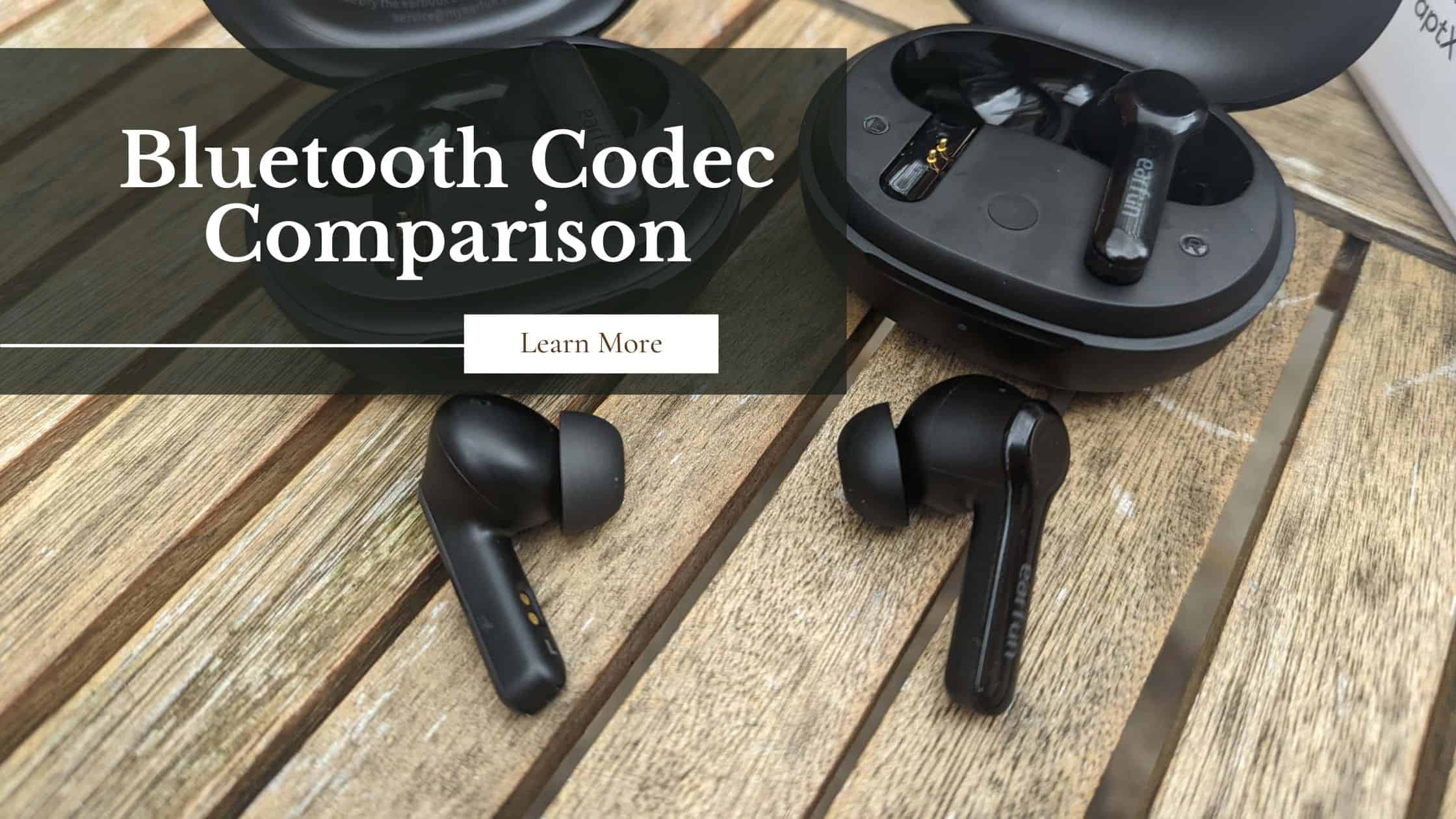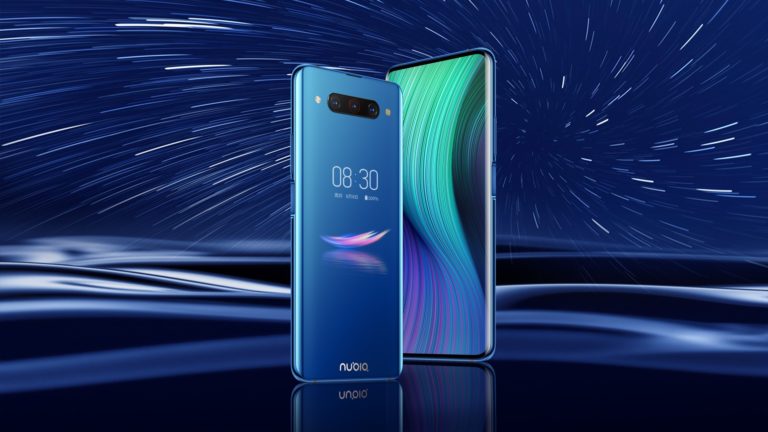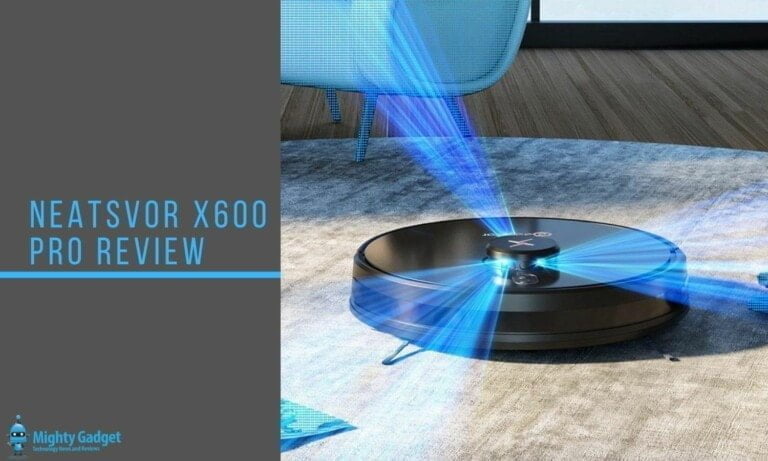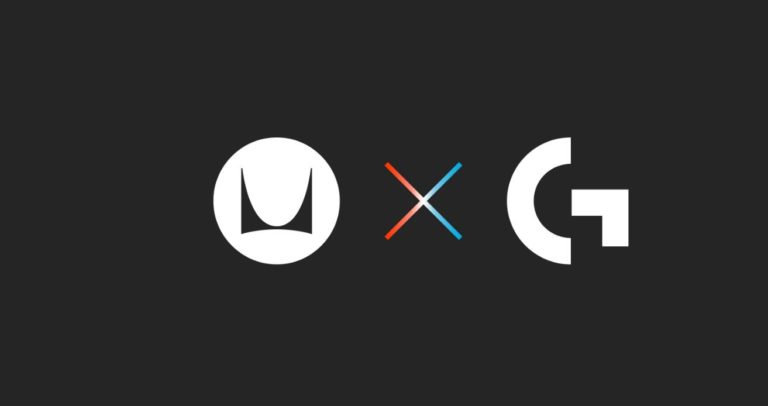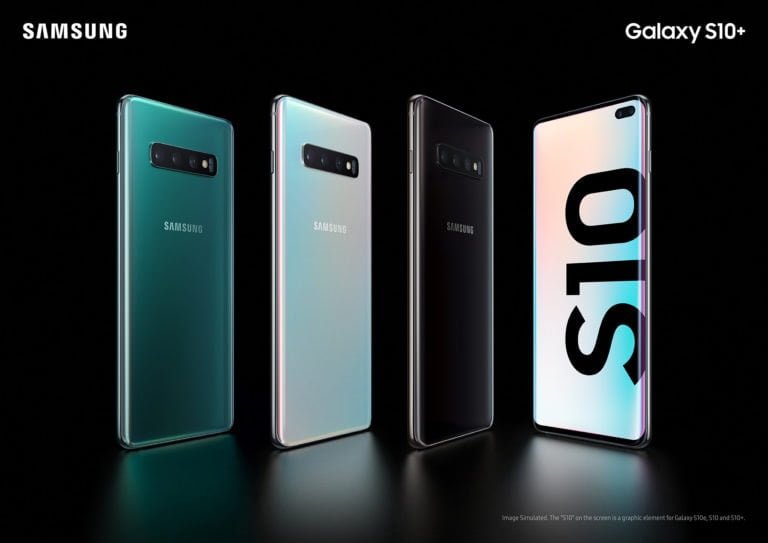Any links to online stores should be assumed to be affiliates. The company or PR agency provides all or most review samples. They have no control over my content, and I provide my honest opinion.
Following on from my previous Bluetooth guide, this article covers the main Bluetooth codecs used by various wireless earphones today.
Lossy vs Lossless Audio Codecs
Bluetooth earbuds currently use lossy audio codecs as the bandwidth available to Bluetooth can not accommodate lossless audio.
Codec Comparison Table
| Codec | Max Bitrate | Bit Depth | Latency | Year Released |
|---|---|---|---|---|
| SBC | 328 kbps | 16-bit | 200-300 ms | 2003 |
| AAC | 250 kbps | 16-bit | 100-200 ms | 2004 |
| aptX | 352 kbps | 16-bit | 1999 | |
| aptX HD | 576 kbps | 24-bit | 2016 | |
| aptX Adaptive | 420 kbps | 24-bit | 2020 | |
| LDAC | 990 kbps | 32-bit | 2014 | |
| LHDC | 900 kbps | 32-bit | 2018 | |
| LC3 | 345 kbps | 24-bit | 2020 |
Bluetooth Codec Overviews
SBC
The Low Complexity Subband Coding (SBC) is the default audio codec used by Classic Bluetooth connections. It is an open-standard that supports bitrates up to 328 kbps.
- SBC is the default audio codec used in classic Bluetooth connections.
- It was standardized in 2003 as part of the Bluetooth specification.
- SBC uses subband coding to compress the audio for transmission over Bluetooth.
- It divides the audio into subbands which are then encoded individually.
- SBC supports bitrates up to 328 kbps and sampling rates up to 48 kHz.
- The quality is comparable to MP3 at mid-range bitrates.
- As the mandatory Bluetooth audio codec, SBC ensures universal compatibility between devices.
- However, more advanced codecs like aptX and LDAC can provide improved audio quality.
- SBC provides a usable baseline audio experience for Bluetooth streaming.
LDAC
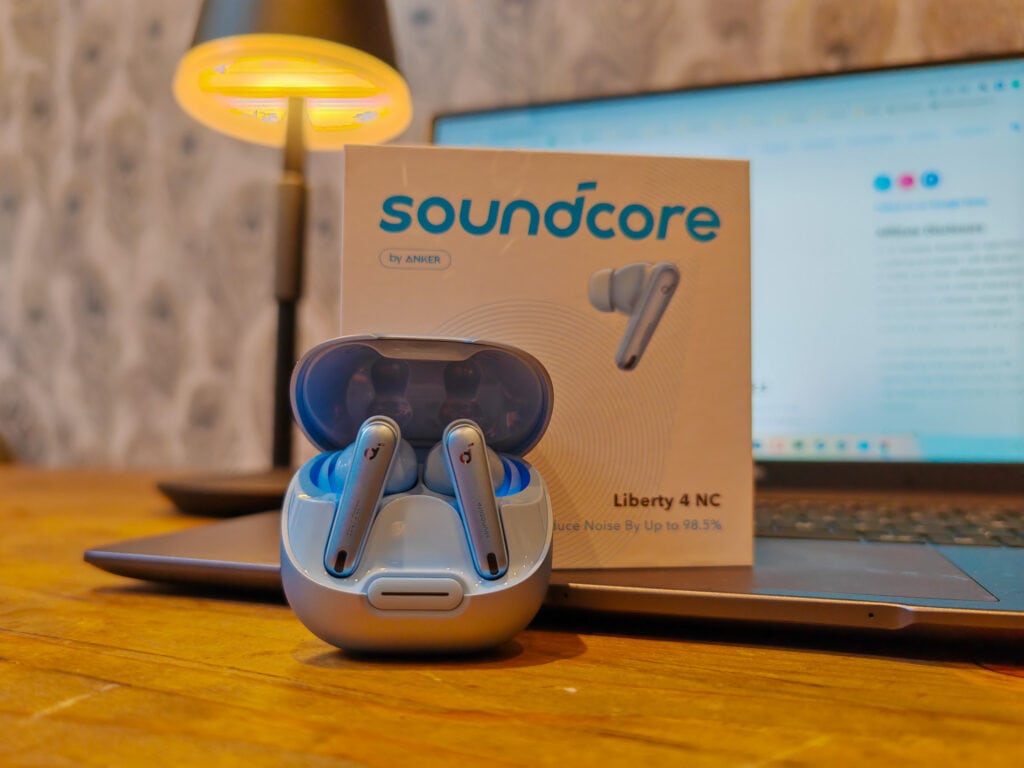
LDAC is an audio coding technology developed by Sony which allows high-resolution audio content to be transmitted over Bluetooth connections. It was introduced in 2014 and can support up to 990 kbps bitrate, 96 kHz sample rate, and 24-bit depth.
- It can support up to 990 kbps bitrate, 24-bit depth, and 96 kHz sampling rate.
- This allows LDAC to stream better than CD-quality lossless audio wirelessly.
- LDAC uses efficient encoding and optimized packetization to transmit more data over Bluetooth.
- To benefit from LDAC, both transmitting and receiving devices need LDAC support. It’s available in Sony products and Android devices.
- LDAC provides superior audio quality over Bluetooth compared to standard SBC codec. But it is still a compressed lossy format.
- Ideal uses are wireless listening and audiophile streaming where improved audio fidelity is desired.
aptX
aptX is a family of proprietary audio codec technologies owned by Qualcomm. The original aptX codec was introduced in the 1980s and aimed to improve audio quality over Bluetooth. aptX supports bitrates up to 352 kbps and sample rates up to 48 kHz.
- It uses a different compression algorithm compared to the standard SBC codec used in Bluetooth to provide better sound quality.
- aptX has a higher bitrate of 352 kbps compared to SBC’s max of 328 kbps, allowing it to transmit more audio data.
- This results in improved audio quality compared to basic SBC, reducing noise and enabling CD-like sound over Bluetooth.
- To benefit from aptX, both the transmitting device (like a smartphone) and the receiving device (like headphones) need to support the aptX codec.
- aptX is commonly supported in Android, Windows and Mac devices. Apple devices do not support aptX.
- Overall, aptX delivers superior wireless audio quality compared to plain SBC, providing a worthwhile upgrade for music listening over Bluetooth.
aptX HD
aptX HD is an enhanced version of aptX introduced in 2016 that supports high-resolution audio up to 576 kbps bitrate and 48 kHz/24-bit depth. It is fully backwards compatible with the original aptX.
It has now been superseded by aptX Adaptive.
- It is designed to improve wireless audio quality, supporting high-resolution audio up to 24-bit/48kHz.
- aptX HD has a higher bitrate of 576kbps compared to 352kbps for standard aptX.
- This allows it to transmit more audio data for improved sound quality over Bluetooth.
- aptX HD aims to provide wireless audio that is indistinguishable from a wired connection.
- To benefit from aptX HD, both the transmitting device and receiving headphones/speakers need aptX HD support.
- Ideal uses are wireless audiophile listening and high-resolution music streaming where sound quality is paramount.
- While not fully lossless, aptX HD delivers excellent, near-CD-quality sound over Bluetooth for supported devices.
aptX Low Latency
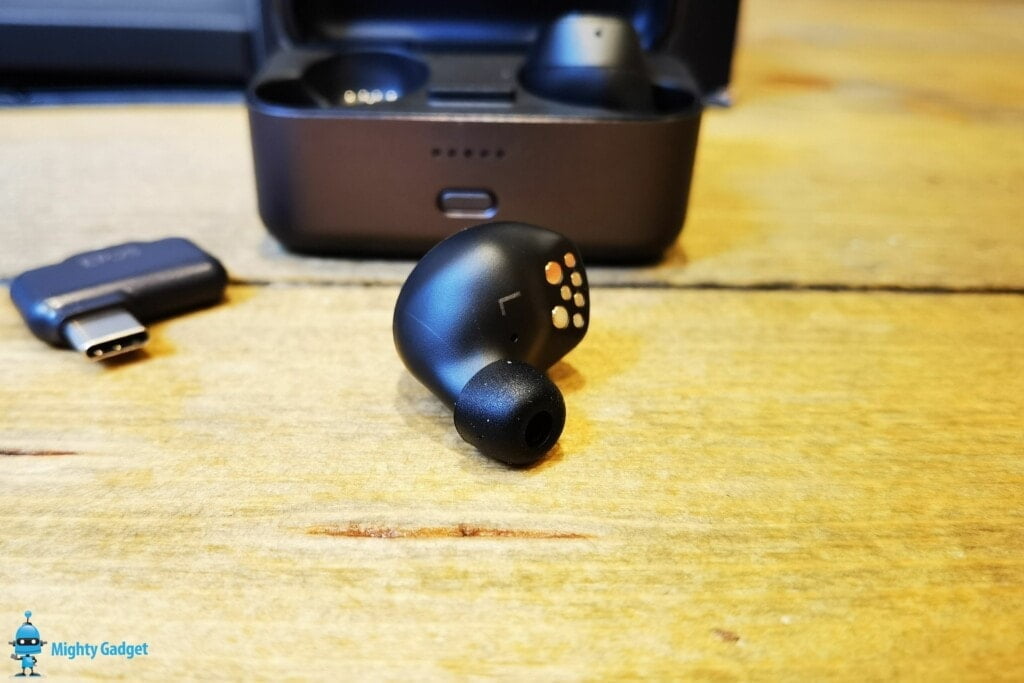
aptX Low Latency is an audio codec developed by Qualcomm which is designed to reduce audio delay (latency) over Bluetooth connections.
It has now been superseded by aptX Adaptive.
- Standard Bluetooth audio can have latency of 100-200ms which causes lag between audio and video.
- aptX Low Latency brings the latency down to around 40ms.
- This makes it suitable for applications like gaming and video streaming where tight audio sync is needed.
- It achieves the low latency by using an efficient encoding algorithm to quickly populate data packets.
- The trade-off is slightly lower audio quality compared to standard aptX codec.
- But the difference is minor and only noticeable to discerning listeners.
- aptX Low Latency provides a good balance of quality and lag-free audio for real-time streaming use cases.
aptX Adaptive
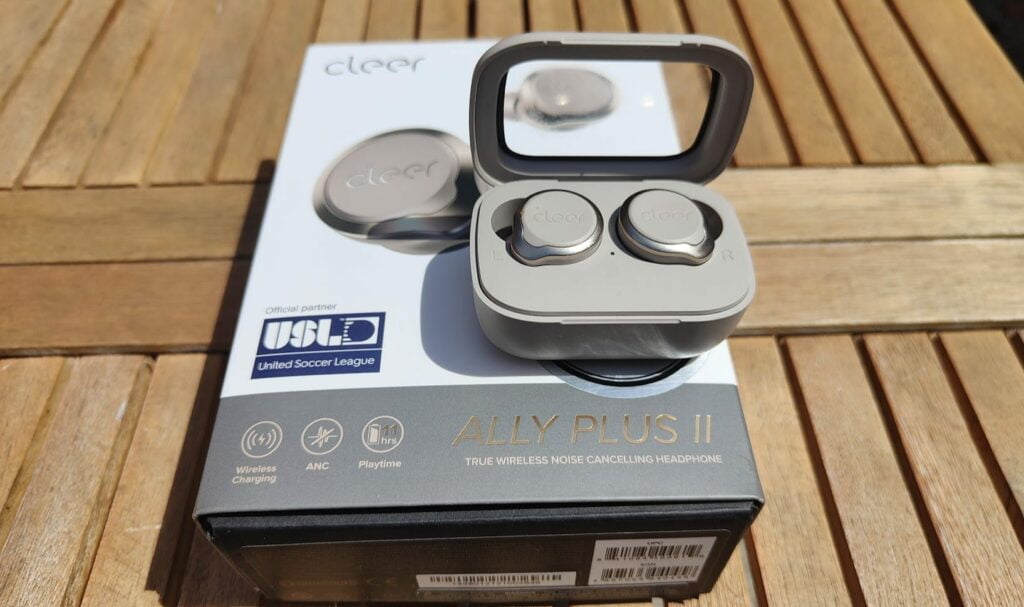
aptX Adaptive was launched in 2020 and dynamically adjusts the bitrate and latency based on the requirements of the content and connectivity. It supports bitrates from 279 kbps up to 420 kbps. This codec is designed to replace aptX HD and aptX Low Latency.
- It can scale between 279kbps to 420kbps to optimize audio quality and stability.
- aptX Adaptive combines the low latency of aptX Low Latency with the high quality of aptX HD.
- It detects the type of audio content and adapts bitrate and latency accordingly.
- For video or gaming, it prioritizes low latency. For music, it focuses on high resolution.
- aptX Adaptive provides robust wireless audio that dynamically adapts to changing conditions.
- It aims to deliver consistent high-quality audio streaming over Bluetooth in any environment.
aptX Lossless
aptX Lossless is the latest addition to the aptX family, launched in 2022. As the name suggests, it enables full lossless CD-quality 16-bit/44.1 kHz audio streaming over Bluetooth.
- It is designed to enable full lossless wireless audio streaming at CD quality – 16-bit/44.1kHz.
- aptX Lossless uses an efficient compression algorithm that allows bit-perfect transmission without losing any audio data.
- It has a variable bitrate that can scale up to 1Mbps to stream lossless audio over Bluetooth.
- To benefit from aptX Lossless, devices need to support the Snapdragon Sound platform with aptX Lossless.
- Early devices with aptX Lossless are starting to emerge. It brings audiophile-grade lossless quality to wireless listening.
- While not fully uncompressed, aptX Lossless delivers CD-quality audio over Bluetooth that is indistinguishable from the original source.
LHDC
The Low Latency and High-Definition Audio Codec (LHDC) was developed by Huawei and introduced in 2019. It supports up to 96 kHz/24-bit at 900 kbps and aims to deliver high-resolution audio over Bluetooth with low latency.
- It was developed by Savitech as a high-quality Bluetooth audio codec.
- LHDC supports up to 900 kbps bitrate, 24-bit depth, and 96 kHz sampling rate.
- This allows streaming of high-resolution audio over Bluetooth at near CD-quality.
- LHDC aims to deliver better than SBC quality without latency issues of other codecs.
- To use LHDC, both transmitter and receiver devices need LHDC support.
- It is available on some Android devices from brands like Huawei and Xiaomi.
- LHDC competes with other premium codecs like LDAC and aptX HD.
LC3
The Low Complexity Communication Codec (LC3) is an ultra-low bitrate codec designed for high-quality speech at rates below 16 kbps. It was standardized by the Bluetooth SIG in 2019 for use in Bluetooth LE Audio.
- It is an ultra low-bitrate audio codec designed for speech.
- LC3 can provide high quality audio at bitrates below 16 kbps.
- It was standardized by the Bluetooth SIG in 2019 for the new Bluetooth LE Audio protocol.
- LC3 uses linear predictive coding and other advanced techniques to compress speech very efficiently.
- The low bitrate allows LC3 to work well for wireless applications like hearing aids, earbuds, and virtual assistants where bandwidth is limited.
- The low complexity means LC3 has very low latency and can run on simple, low-power devices.
- So, in summary, LC3 is optimised for high quality, low bitrate wireless speech transmission with minimal delay.
AAC
AAC stands for Advanced Audio Coding and is an audio compression standard. It is the default Bluetooth codec used by Apple devices like iPhones and AirPods.
- On Bluetooth, AAC can provide good audio quality at bitrates up to 320 kbps.
- However, its performance varies across devices. iPhones can encode AAC very efficiently while many Android devices struggle.
- So AAC sounds best when streaming from an iPhone or other Apple device. Quality may suffer when used with non-Apple sources.
- All Bluetooth Apple devices use AAC as it is optimized for efficiency on their hardware. No extra compression needed.
- For Android and Windows users, AAC has more limited quality and compatibility vs codecs like aptX.
- But it remains a commonly supported Bluetooth codec across many platforms.
SCL6
Sony’s Scalable Codec for Lossless audio (SCL6) is a variable bitrate lossless codec that can scale from 1.5 Mbps down to below 100 kbps. It supports up to 24-bit depth and 192 kHz sampling.
- SCL6 is a new audio codec developed by Sony and MQA that can stream lossless audio over Bluetooth and other wireless technologies.
- It is highly scalable, meaning it can adapt its bitrate and compression based on the available bandwidth.
- SCL6 can scale from very low bitrates up to lossless quality, supporting up to 24-bit/192kHz resolution.
- The scalable nature allows it to optimize audio quality across varying wireless connections from 200kbps up to 20Mbps.
- SCL6 uses advanced compression techniques focused on preserving the time-domain accuracy of the audio signal.
- This is claimed to provide better sound quality compared to other Bluetooth codecs like LDAC and aptX.
- SCL6 can carry any audio format including lossless PCM, DSD, and MQA.
- It is not yet commercially available but Sony aims to bring it to wireless audio devices in the future.
- SCL6 has the potential to finally enable proper lossless wireless audio streaming.
Analysis
The optimal audio codec depends on the specific use case and requirements.
- LDAC provides the highest audio quality and supports high-resolution content, but requires compatible Sony devices. It is ideal for listening to lossless music.
- aptX HD delivers excellent quality and wider device support than LDAC. It is the best choice for high-quality wireless audio on Android and Windows.
- aptX Adaptive dynamically optimizes to give the best audio quality possible across varying connectivity conditions. It works well for videos and gaming.
- aptX Lossless brings full lossless quality over Bluetooth but has limited device support currently. It is most useful for audiophiles.
- LHDC competes with LDAC on audio quality and also has low latency. But device support is currently limited to certain Huawei and Xiaomi devices.
- LC3 enables high voice quality even at ultra-low bitrates. It is designed for wireless calls and virtual assistants.
- SBC is universally supported and provides decent quality. It is the fallback option when advanced codecs are not available.
- AAC is the most widely compatible codec and offers good quality at low bitrates. It is commonly used for internet streaming.
Factors Affecting Audio Quality
The codec alone does not determine audio quality. Other factors like the Bluetooth version, antenna design, and implementation of the codec all play a role. A device with basic SBC may outperform another with aptX if the overall design is better optimized for quality.Higher bitrate does not always mean better perceptible quality either, as the limits of human hearing mask artifacts from compression. However, higher bitrates provide headroom for better quality on high-end audio systems.Latency is another key factor for real-time audio applications like gaming or video streaming. aptX Adaptive and LC3 specifically aim to minimize latency.
Most Common Bluetooth Codecs in TWS Earbuds
- SBC – Universal default codec, supported by all Bluetooth devices. Provides decent quality.
- AAC – Widely supported codec, used by Apple devices. Provides good audio quality.
- aptX – Proprietary Qualcomm codec, common in Android devices. Improves over SBC.
- aptX HD – Enhanced aptX codec for high-resolution audio.
- LDAC – Sony’s codec that can stream hi-res audio over Bluetooth.
- LHDC – Huawei’s codec that competes with LDAC on audio quality.
Key Points
- SBC and AAC have the widest compatibility across devices.
- aptX, aptX HD and LDAC offer improved audio quality, especially for Android users.
- LHDC support is currently limited to certain brands like Huawei and Xiaomi.
- Higher quality codecs like aptX HD and LDAC require support in both the sending device and earbuds.
- Most budget true wireless earbuds only support basic SBC codec.
So, in summary, SBC and AAC provide universal baseline quality, while aptX HD, LDAC and LHDC offer higher audio fidelity for supported devices. Choosing earbuds with advanced codec support enables better wireless audio, if your smartphone is also compatible.
Conclusion
While newer codecs like LDAC, LHDC, and aptX HD can deliver excellent audio quality over Bluetooth, you need supported devices on both ends. For universal compatibility, SBC or AAC are still the most widely supported options. Codecs like aptX Adaptive and LC3 offer a good balance of quality and low latency. Understanding the differences between the Bluetooth audio codecs allows you to choose devices that support the right codec for your specific usage, whether optimizing for audio quality, latency, or compatibility.
I am James, a UK-based tech enthusiast and the Editor and Owner of Mighty Gadget, which I’ve proudly run since 2007. Passionate about all things technology, my expertise spans from computers and networking to mobile, wearables, and smart home devices.
As a fitness fanatic who loves running and cycling, I also have a keen interest in fitness-related technology, and I take every opportunity to cover this niche on my blog. My diverse interests allow me to bring a unique perspective to tech blogging, merging lifestyle, fitness, and the latest tech trends.
In my academic pursuits, I earned a BSc in Information Systems Design from UCLAN, before advancing my learning with a Master’s Degree in Computing. This advanced study also included Cisco CCNA accreditation, further demonstrating my commitment to understanding and staying ahead of the technology curve.
I’m proud to share that Vuelio has consistently ranked Mighty Gadget as one of the top technology blogs in the UK. With my dedication to technology and drive to share my insights, I aim to continue providing my readers with engaging and informative content.

